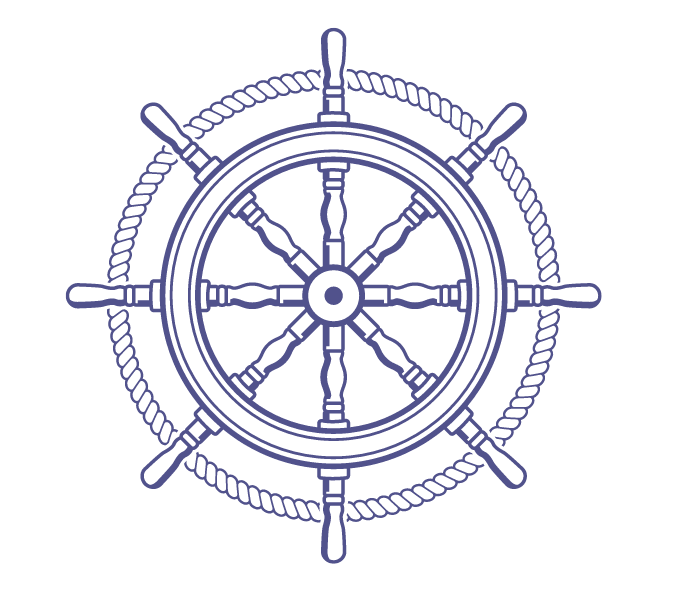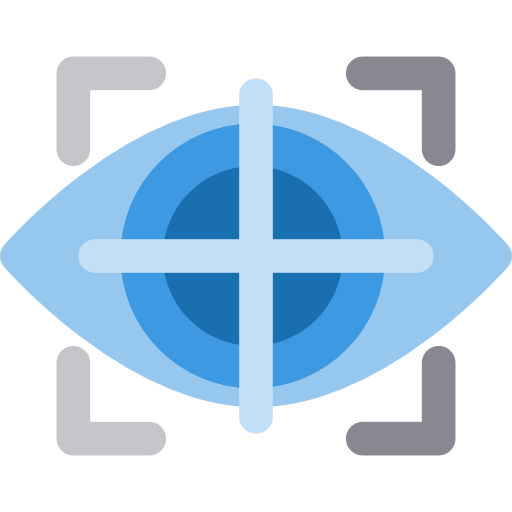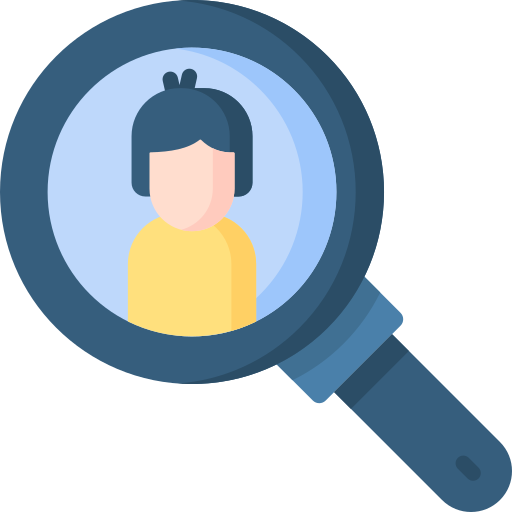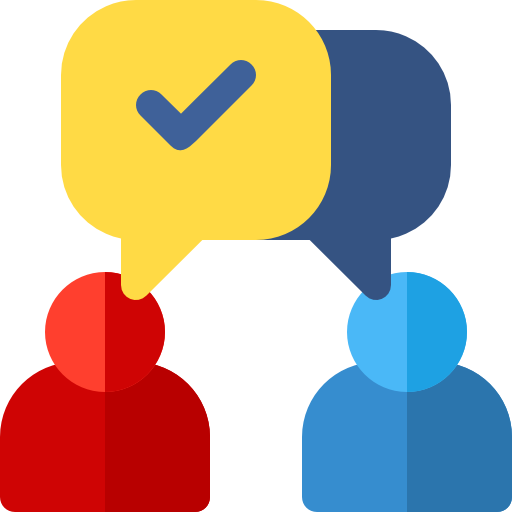DIVING INTO DONOR MANAGEMENT SYSTEMS
Prepared by Syah Putra Shahrul Zahrin
Donors are one of the essential parts of nonprofit organisations as they provide them with the funds and resources they require to launch or sustain their day-to-day operations. The next process after the initial acquisition of donors usually involves with the collection, storage, sorting, and tracking of donor data via the donor management process. This raise the question of how can an organization effectively handle their donor management? Read through this article to discover more about the donor management systems (DMSs) software which are designed to help organizations to better organise and analyse their donor data.
Table of Contents

Donors, like volunteers (as discussed in the previous article), are important components of nonprofit organisations. While volunteers provide organisations with the manpower or on-the-ground capabilities that they need to function, donors, on the other hand, provide them with the funding and resources that they need to kickstart or maintain their operational efforts on a day-to-day basis.
Typically, the next phase after the initial acquisition of donors involves the collection, storage, sorting, and tracking of donor data through the process of donor management, which allows organisations to keep track of both the identities and contributions of their donors, and use that information to build healthy, long-term relationships between both parties.
As such, organisations should implement donot management systems or DMSs, which are pieces of software built to organise and analyse donor data, to aid in the management process by allowing them to utilise the information collected and make recommendations for future donations. Common types of donor data include personal data like donor names, addresses and birth dates as well as data on individual contributions such as donation dates and the amounts of funds contributed.
Common Pitfalls
Here are some common issues faced by nonprofits around their donor management processes:

Donation Reach
Nonprofits must make use of various channels of communication to inform the public that they are open to receiving donations in the first place. However, some organisations may find it difficult to extend their reach and let potential donors know how they intend to receive donations, which may be a problem since fundraising efforts, like many commercial products, need to be marketed properly to ensure maximum pull.

Donation Tracking
Some nonprofits may have trouble keeping track of who and where their donations originate from, as well as where these donations should be stored once they have been received. Manual bookkeeping methods may be sufficient for smaller organisations, but the lack of an e-finance system or various payment channel to handle donation data may prove to be too overwhelming in the long run, especially as the organisation continues to expand, and it may force these nonprofits to get on board with the advancement of technologies in this area sooner rather than later. Some donors also require a receipt for tax deduction purposes, which emphasises the importance of tracking and documenting cashflows from donations. Having a proper documentation system in place also increases the credibility of nonprofits, which leads to higher levels of donor trust.

Donor Appreciation
It is common courtesy to say thank you when receiving a gift from someone, and the same gesture should apply when an organisation receives donations. It is therefore important for nonprofits to express appreciation for their donors, as this will improve relationships between both parties and encourage the donors to continue supporting or take part in more fundraising projects in the future. Such shows of gratitude may also help to improve the public’s overall perception of the organisation Showing appreciation through emails and text messages may, however, not be enough to sustain a relationship, which makes it necessary for nonprofits to find other ways to engage with their donors.

Donor Contact
On the other hand, it is also important for nonprofits not to engage with their donors too frequently, since excessive numbers of emails and constant reminders (especially if they are sent repeatedly or too frequently) might eventually annoy donors and push them away instead. Some donors may also want to send in inquiries or complaints but find themselves unable to due to the lack of proper channels in place for them to do so, which would eventually lead to these nonprofits having to find centralised and streamlined platforms to communicate with their donors and keep them updated or informed on everything that the organisation is currently working on.
Benefits

Donor Outreach
Donor management systems allow for nonprofits to have full access to fully integrated marketing tools, including email and social media broadcasts, on a single platform.
Here is a case study to illustrate this. Barnardo’s is a UK-based charity which focuses on protecting and supporting vulnerable children within the population. The organisation made use of the donor data that they stored inside Salesforce Nonprofit Cloud to personalise their interactions with donors. In particular, the DMS was able to achieve this by letting organisations know how they would like to be contacted, allowing Barnardo’s to tailor their interactions based on the requests of each individual donor.

Donation Tracking
Donor management systems benefit organisations by removing the need for them to rely on manual bookkeeping methods to keep track of their donations. Having centralised cloud data storage systems in place allows nonprofits to seamlessly track the ins and outs of their donations, increasing both the speed and efficiency of their day-to-day process, which frees up more time and resources for organisations and allows them to focus their efforts on the next big project.
A case study features the Epilepsy Foundation’s most successful fundraising period to date after they started using Microsoft Dynamics 365. With more than three-quarters of their budget coming from fundraising efforts, the inclusion of this new software provided them with a huge boost in their efforts to help those affected by epilepsy. MS Dynamics 365 also allowed the Epilepsy Foundation to track their contacts and record relevant data such as which of their call-to-actions led to the highest number of donations, with little to no user intervention.

Donor Trends
Automated systems also enable organisations to analyse their data and predict trends,, which in turn, allows them to obtain insights into emerging patterns or trends like which fundraising efforts were able to raise the most money, donors’ patterns and behaviours, and even which of their payment channels are used most frequently.
Here is a case study that features the American Printing House for the Blind (APH). The ability to predict donor trends is important for APH as it helps to ensure that its free braille book program runs smoothly without any interruptions, which is why the organisation chose to use DonorPerfect’s DonorSearch integration feature to screen its donors and identify their donation patterns to determine which fundraising efforts allowed them to collect the most donations. The data collected also helped APH to maximise their potential in the area of fundraising by allowing them to use the data collected in DonorPerfect to plan for future fundraising efforts in this area.

Donor Communication Engagement
Analysis of current donor trends allows for organisations to make use of the information that they gather in order to engage with their donors more effectively, and encourage them to make more donations towards their cause in the future. Nonprofits may also use this platform to show appreciation for their donors and to keep staff members updated on where the donations were sent or channelled to. Current and potential donors will also feel more comfortable knowing that there is a platform for them to contact the organisation directly should they have any inquiries or complaints around the donation process.
According to a case study, Bloomerang, a donor management and fundraising software, was able to help Bellarmine, a Catholic college preparatory school, better engage with its community. It shows that Bellarmine’s ability to effectively gauge both the quality and frequency of their engagements with the public has improved since implementing Bloomerang, leading to both higher percentages of donor retentions and an overall increase in the amount of funds raised.
Donor Management Systems in the Market
The seemingly infinite number of DMS choices on the market can make choosing the best one for your organisation seem like a daunting task. The following list shows four popular donor management systems and the features that they offer to help with this selection process:
Bloomerang
Bloomerang offers a great deal at only USD$19 per month for smaller organisations that typically raise less than USD$250k annually. Despite Bloomerang being the cheapest option on this list, it still provides a comprehensive tech ecosystem that allows organisations to manage their donors, volunteers, sponsors and other individuals on an easy-to-use platform.
DonorPerfect
DonorPerfect is a good option for organisations who would like a more customisable DMS for their operations. Starting at USD$99 a month, DonorPerfect provides customisable fundraising management systems and reporting analytics for an unlimited number of users. The fundraising system also comes in the form of an integrated mobile app for both Android and iOS users, allowing organisations to monitor their fundraising efforts on the go.
The last two options in this list steal the show or are the best when it comes to being fully customisable.
Salesforce Nonprofit Cloud
Salesforce Nonprofit Cloud allows NPOs to create donor profiles that are customised to match their organisation’s overall aesthetic and feel. The DMS also provides in-depth analytics and insights into donor data, allowing organisations to predict future trends and plan ahead in this area. Salesforce’s nonprofit Cloud’s Case Management system starts at USD$360 annually, although prices may varydepending on which products within the system are selected.
Microsoft Dynamics 365
Microsoft Dynamics 365 allows organisations to automate and modernise their financial operations and monitor their performances in real-time. As with Salesforce, Dynamics 365 also allows for a high level of customisation and includes functions such as constituent management, fundraising, and impact tracking. The DMS is free for the first 5 users and costs an additional USD$23.80 per month for each additional user beyond.
Alternative Methods and Tools
Some organisations may find themselves in situations that require alternative management systems beyond the DMSs that have been featured here. NPOs searching for such alternative solutions may refer to ThunderQuote’s article on its blog, around the topic of Volunteer Management Systems.
Summary
- Donor management deals with the organisation and analysis of donor data, allowing organisations to utilise the information gathered to make recommendations for future donations.
- Some common issues relating to donor management include extending donation reach, enhancing donor tracking, as well as how and when organisations should contact donors to show their appreciation.
- The benefits of implementing a donor management system include greater outreach, improved donation tracking, as well as the ability to analyse trends and enhance community engagement.
- Some available donor management system options include Bloomerang, DonorPerfect, Salesforce Nonprofit Cloud, and Microsoft Dynamics 365.
